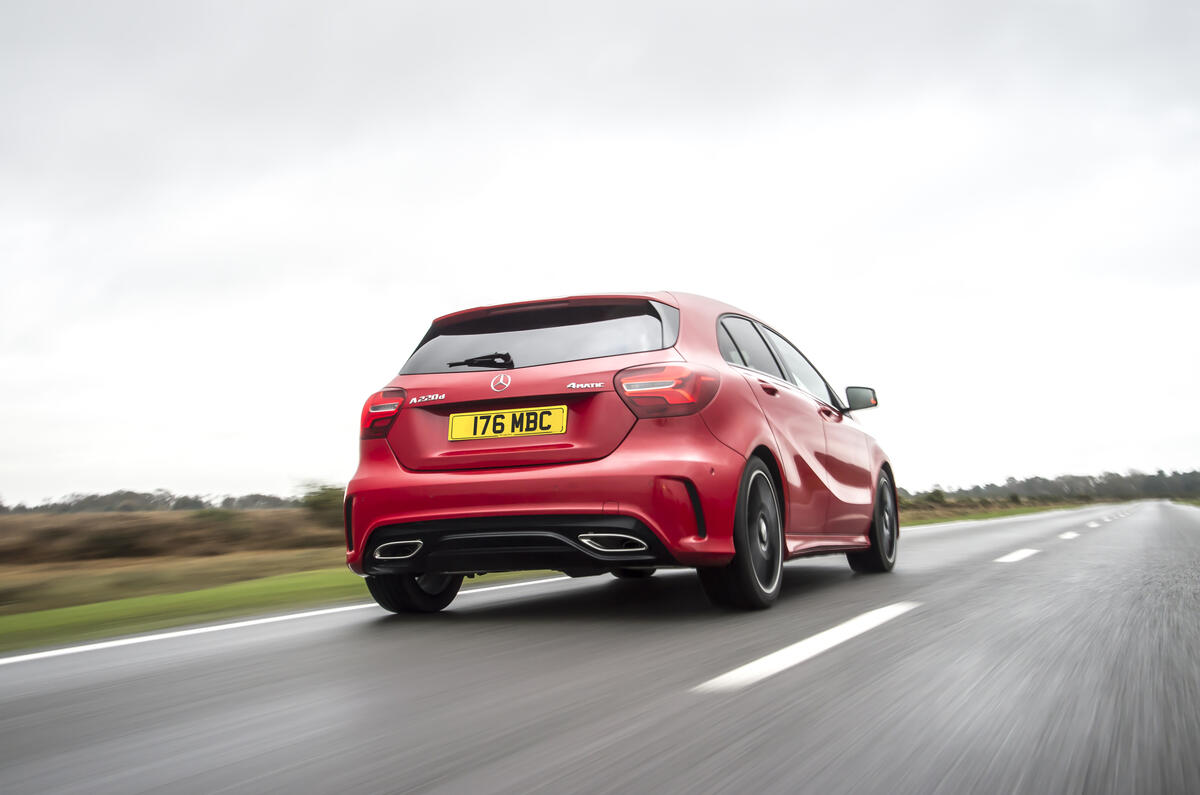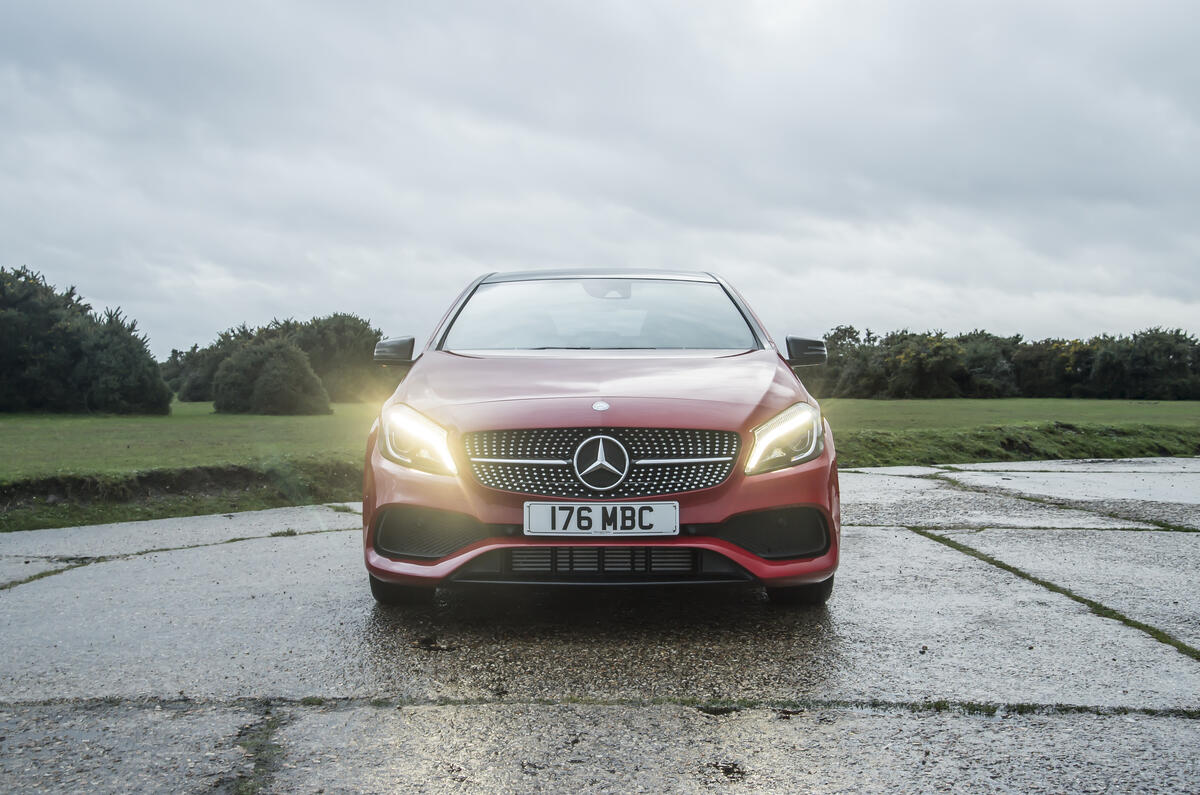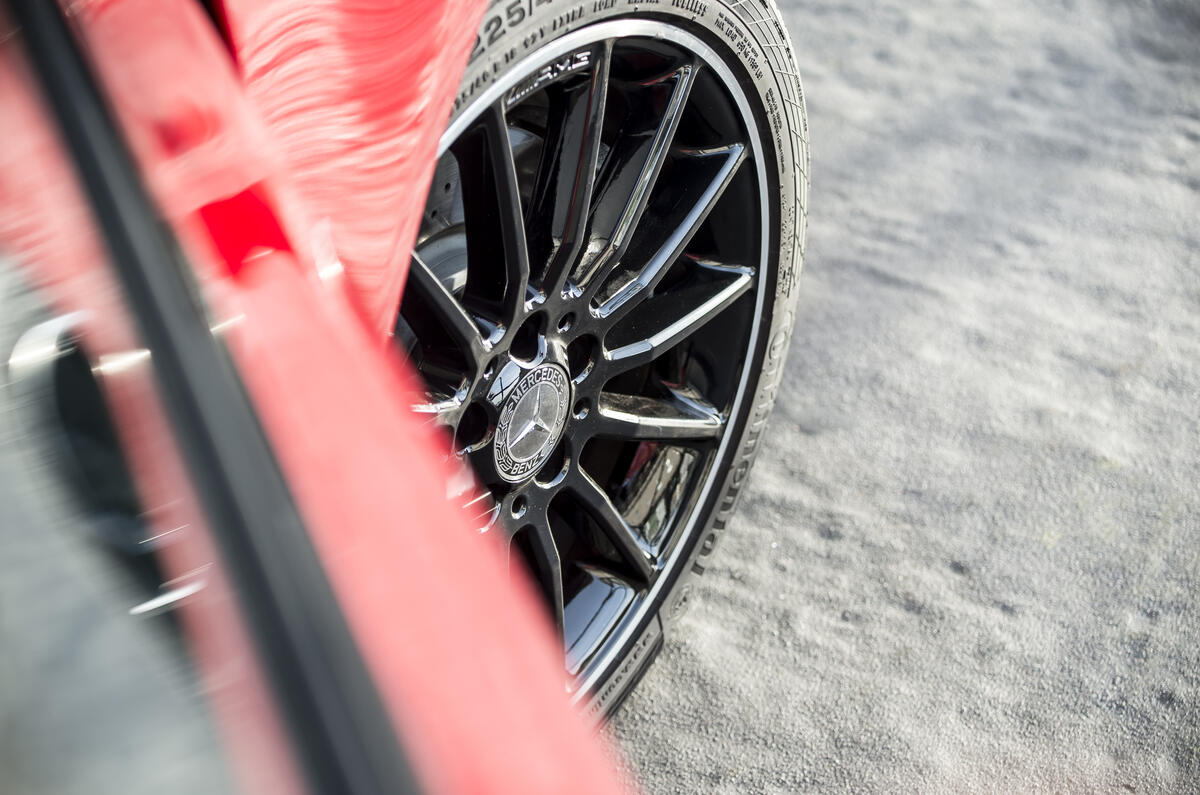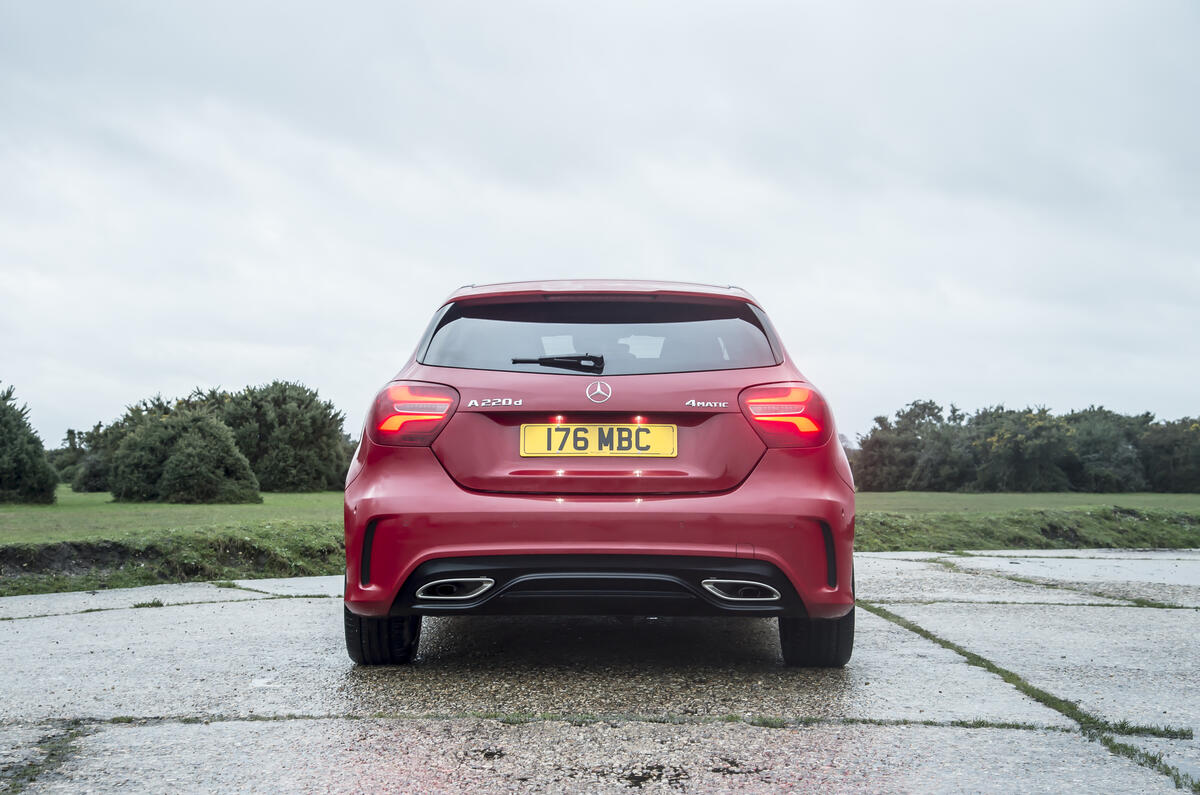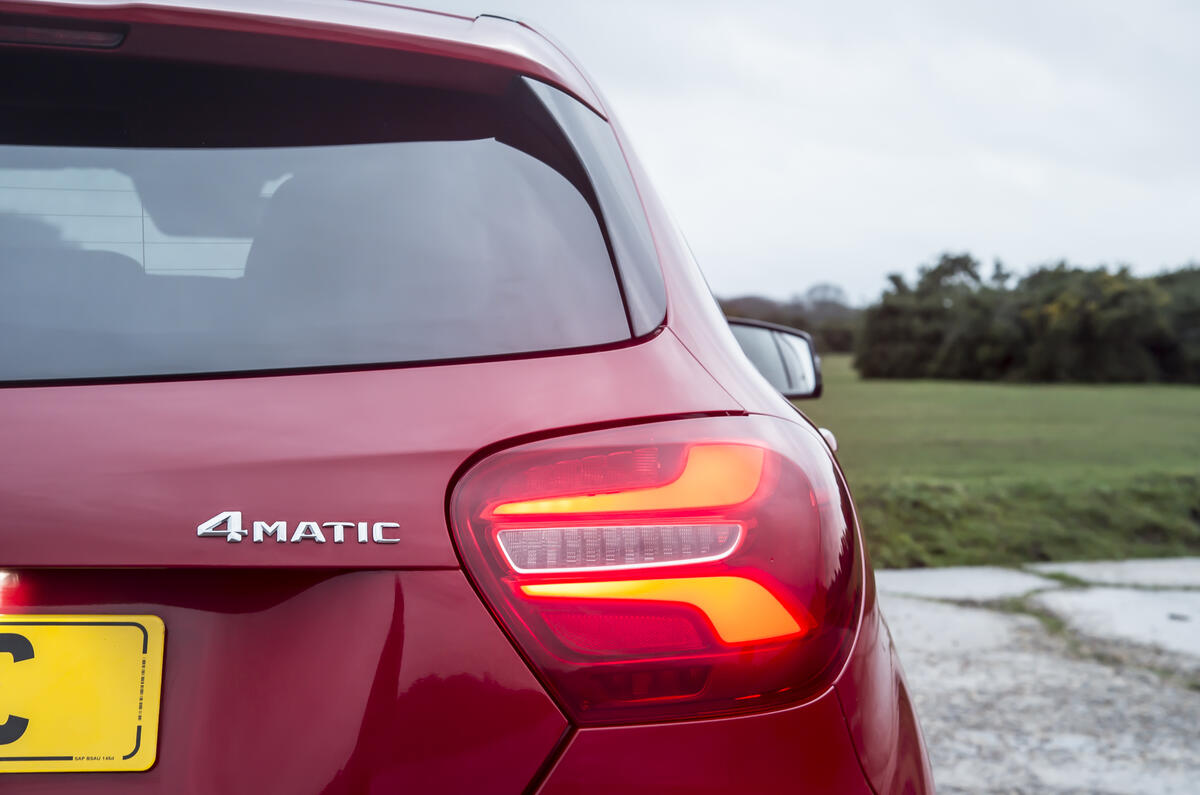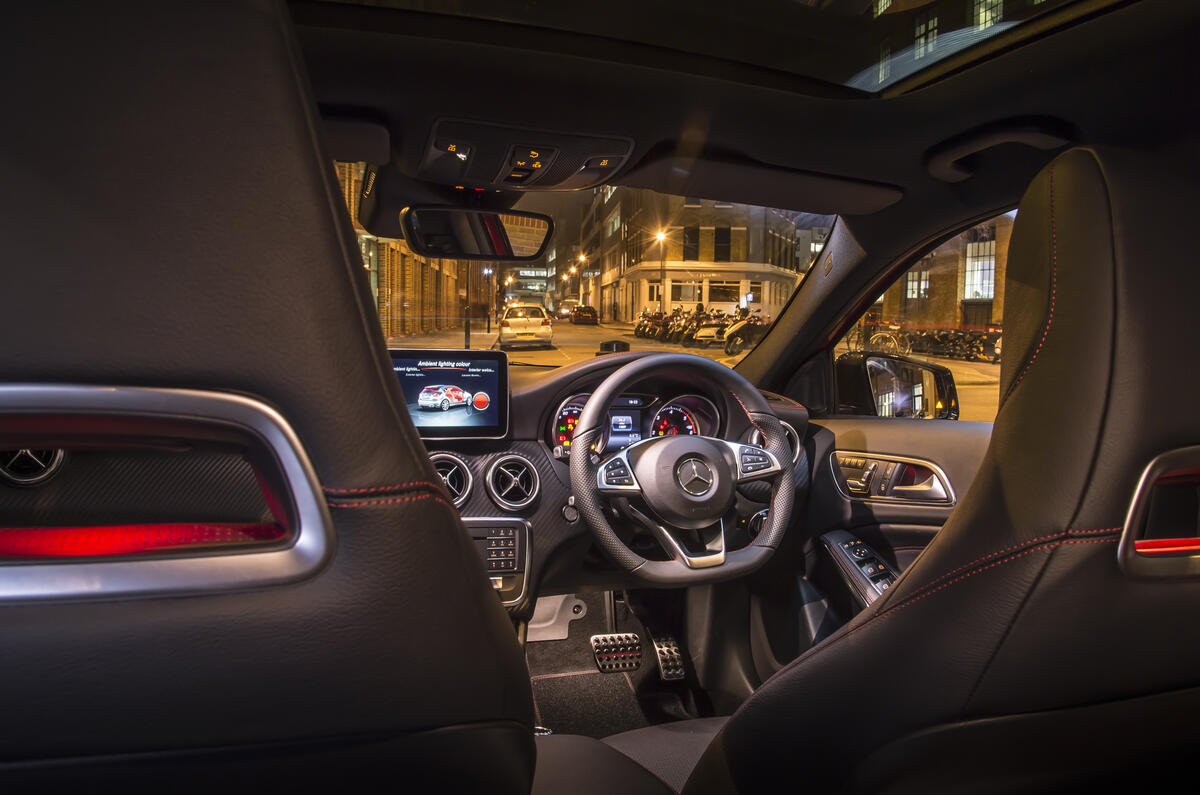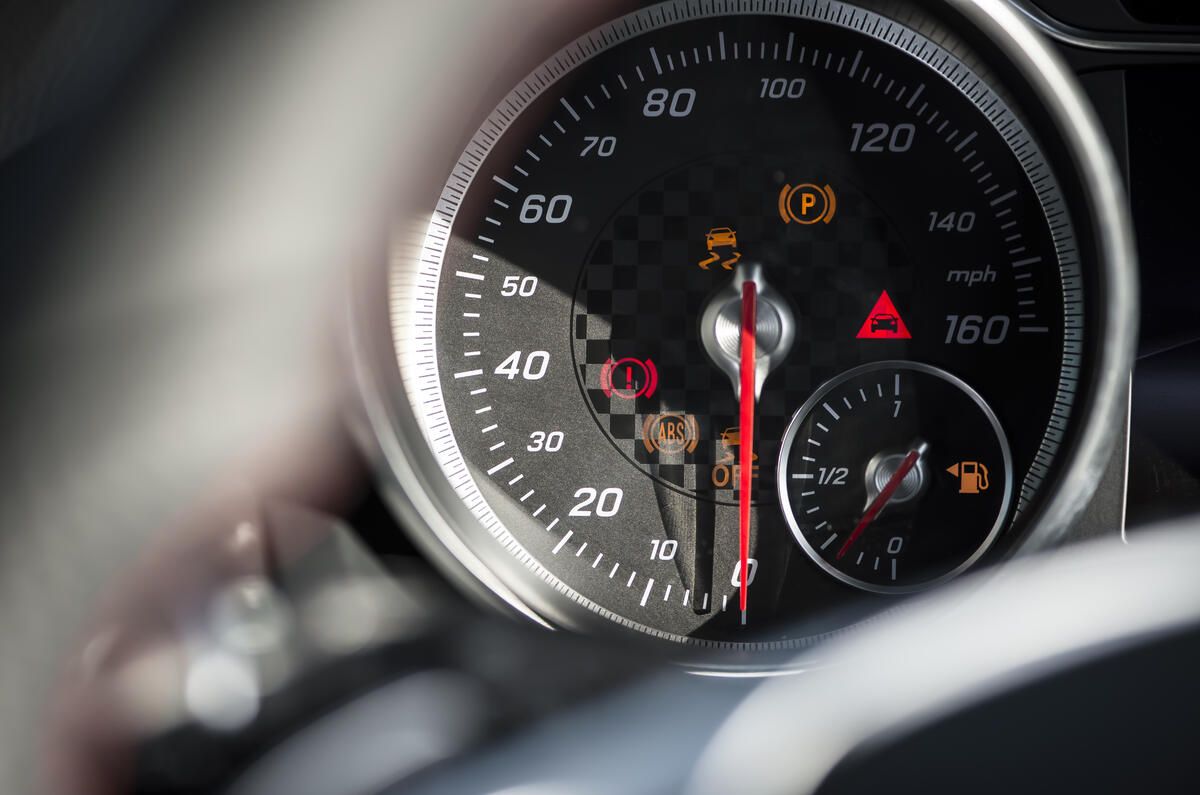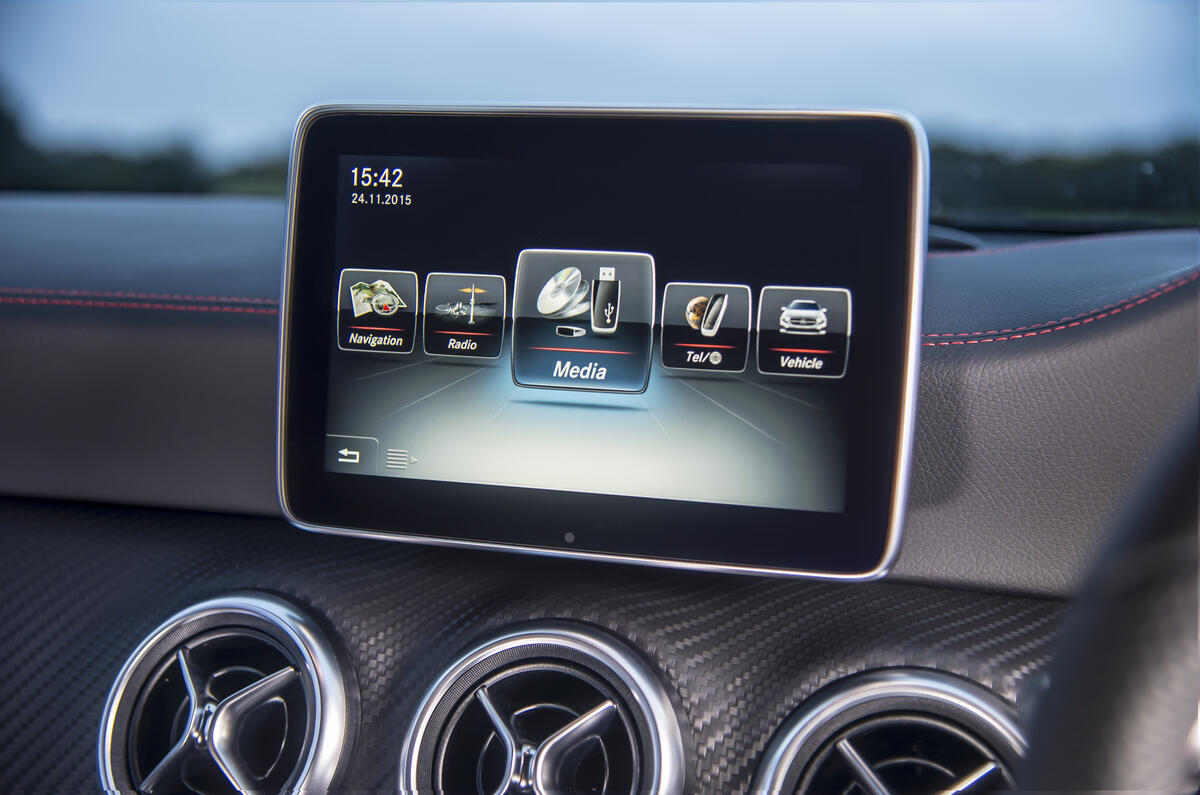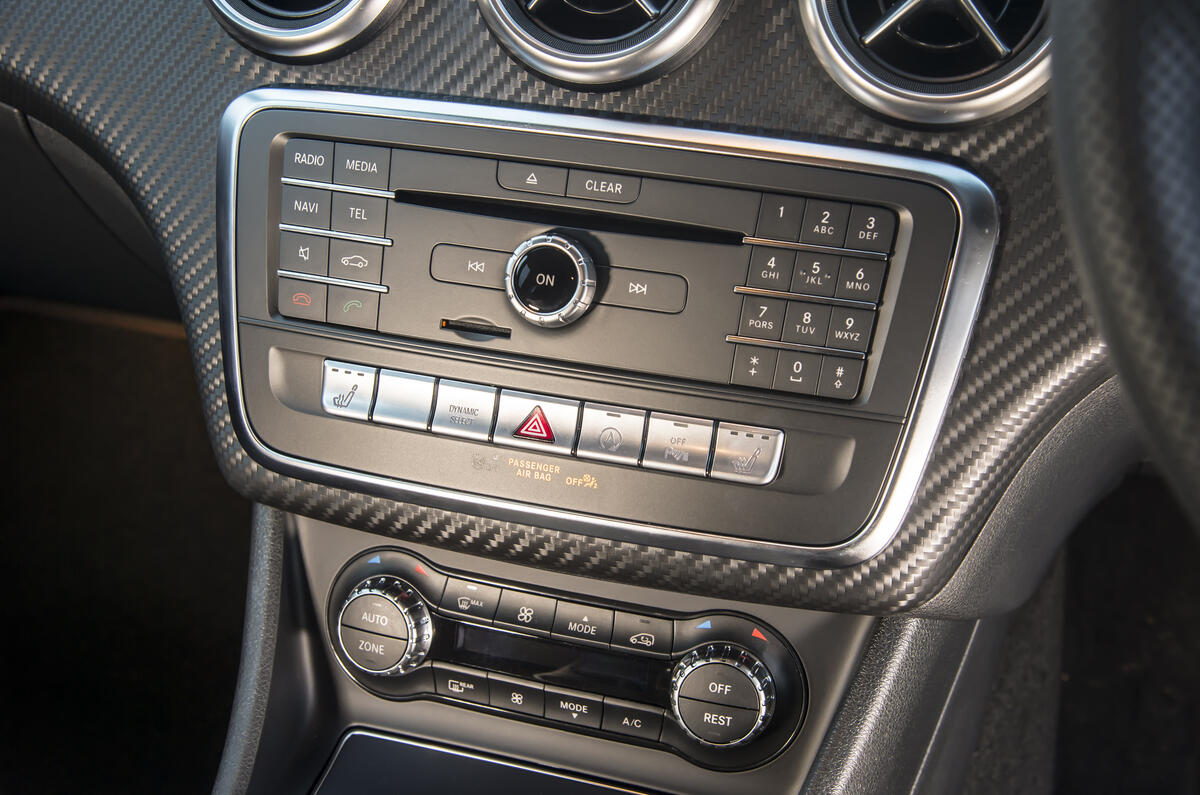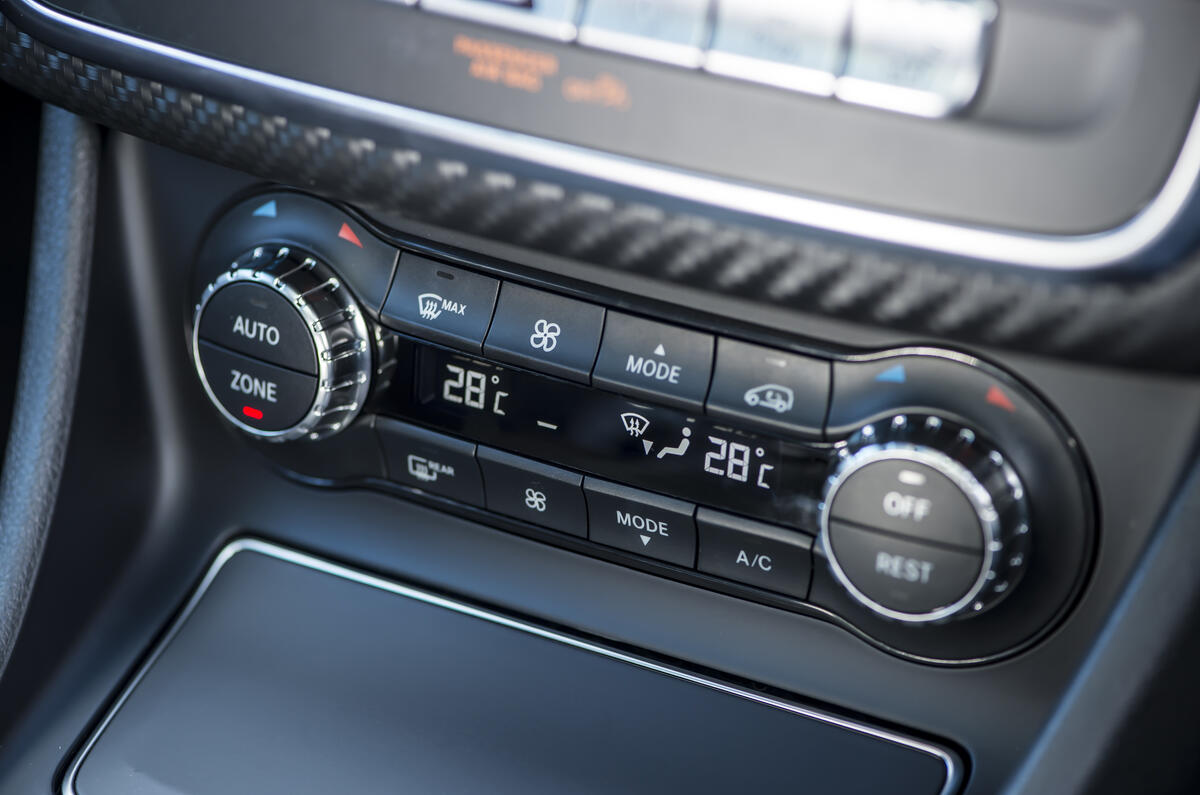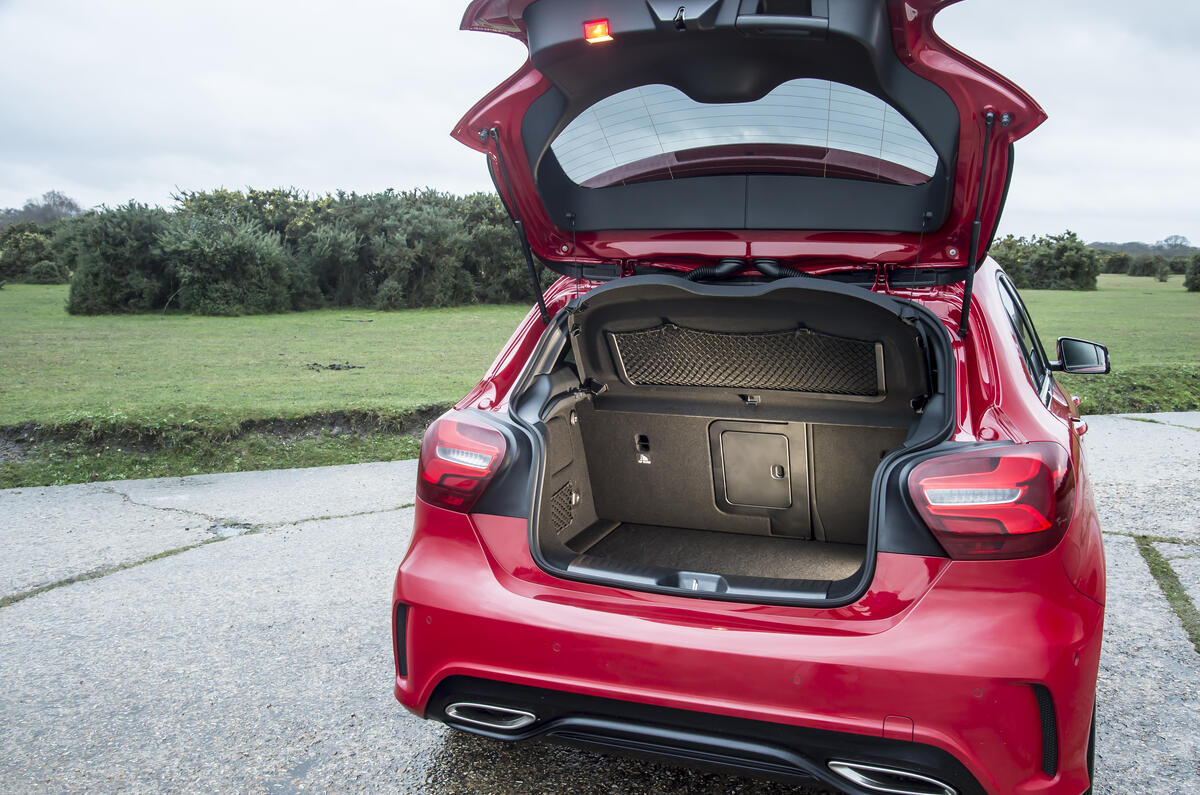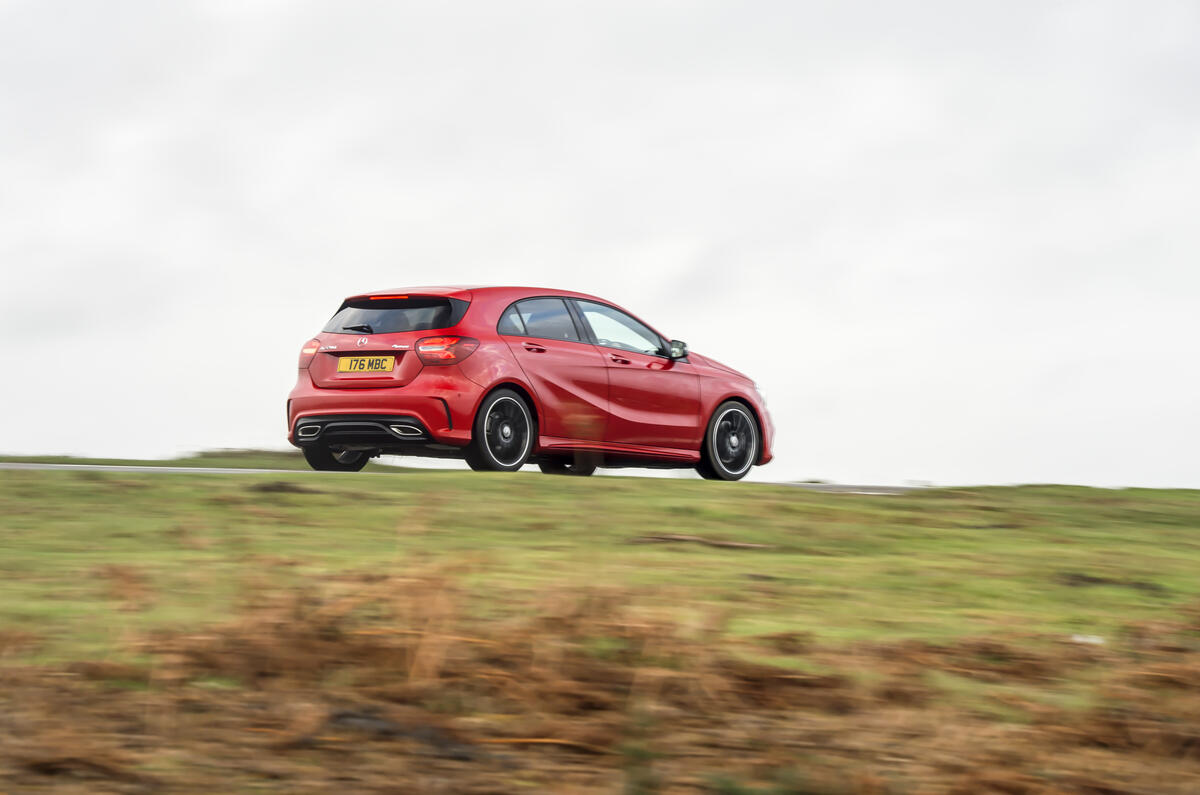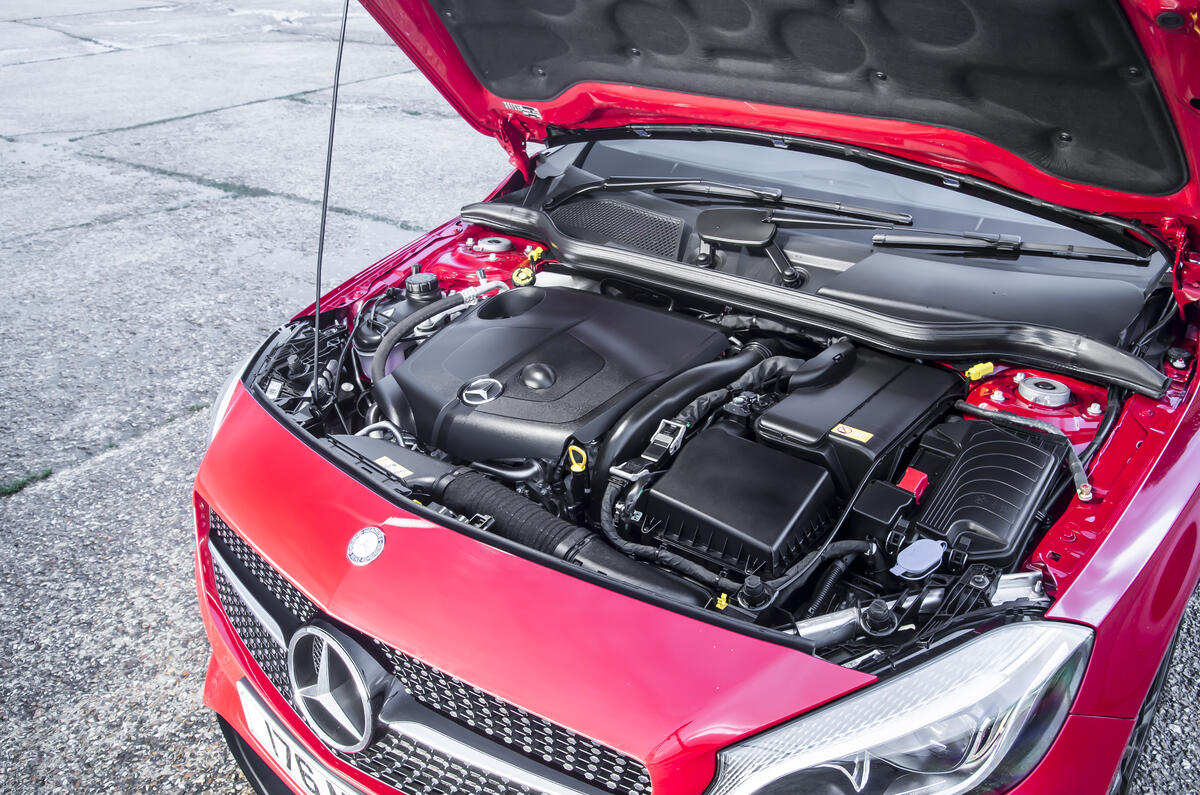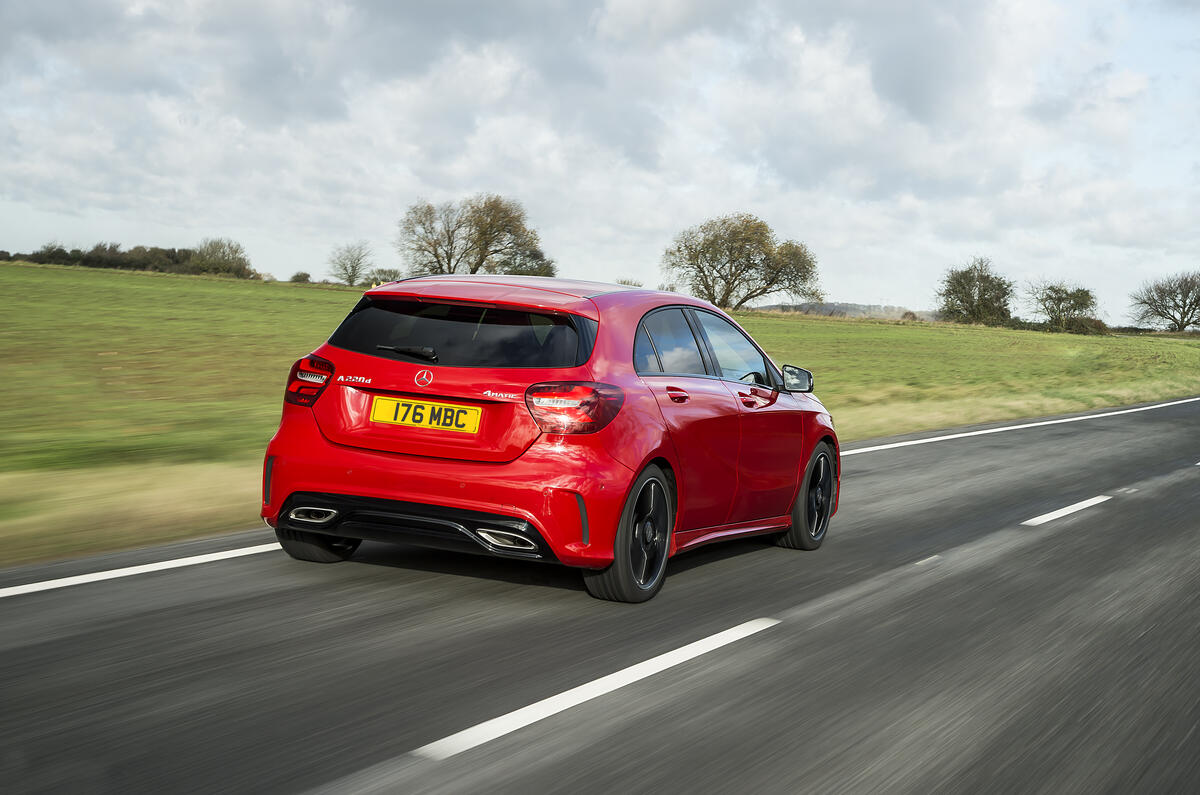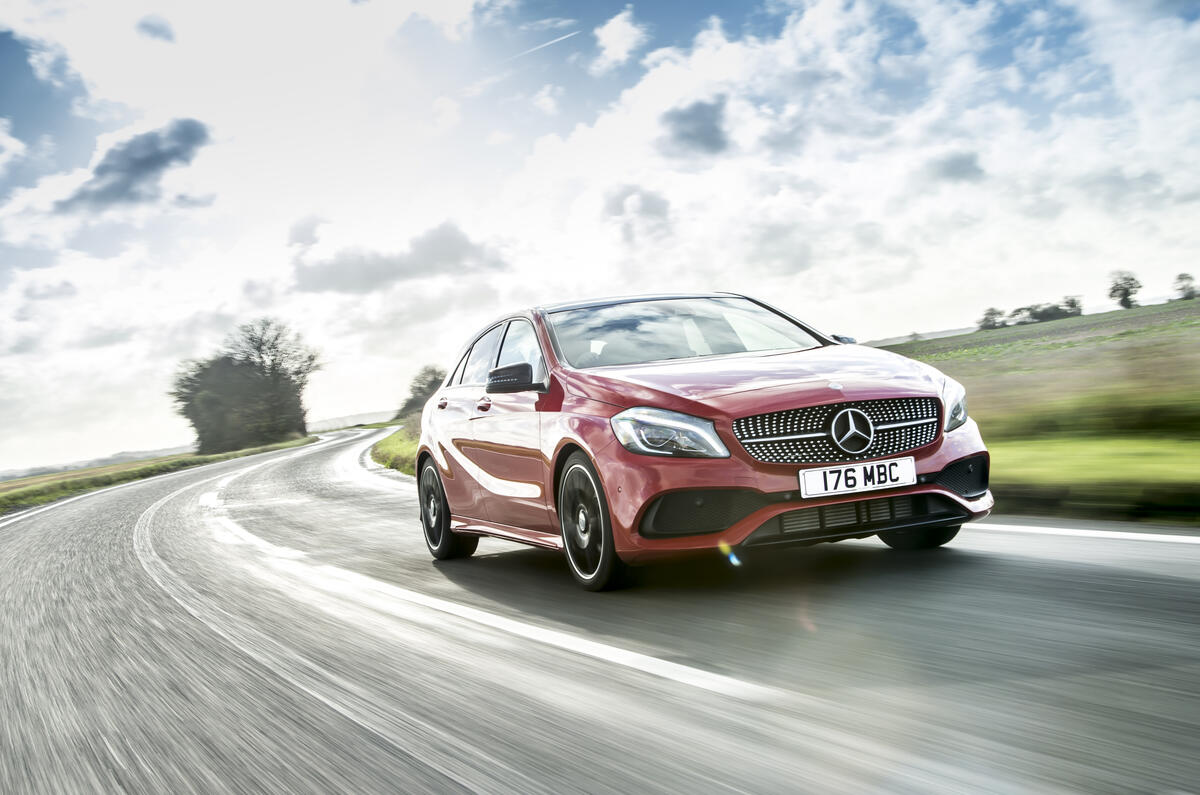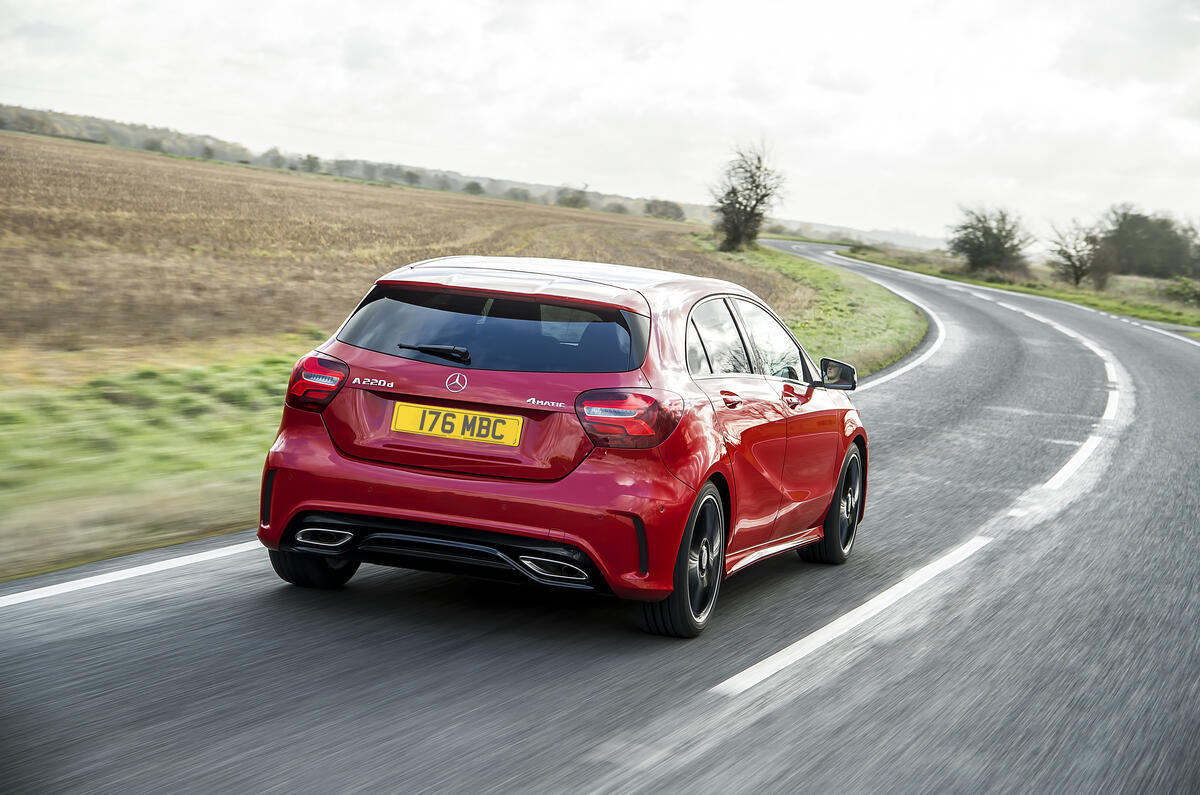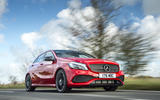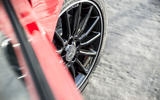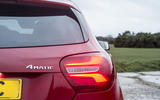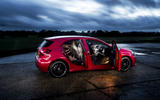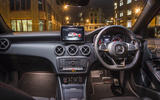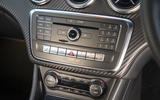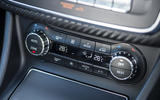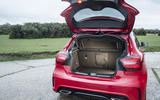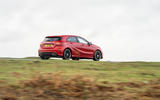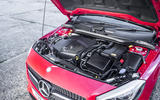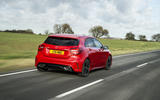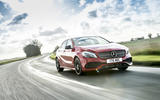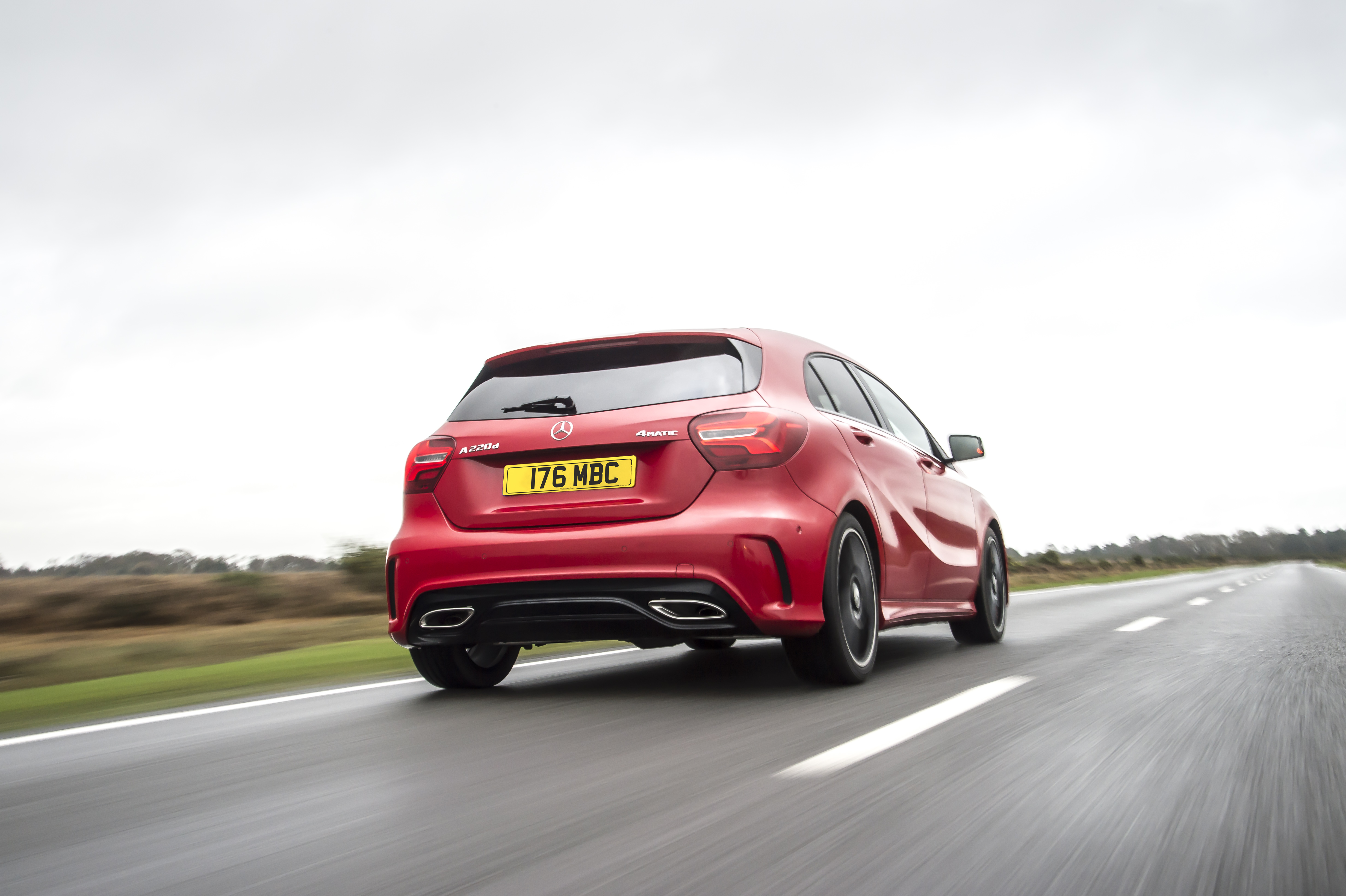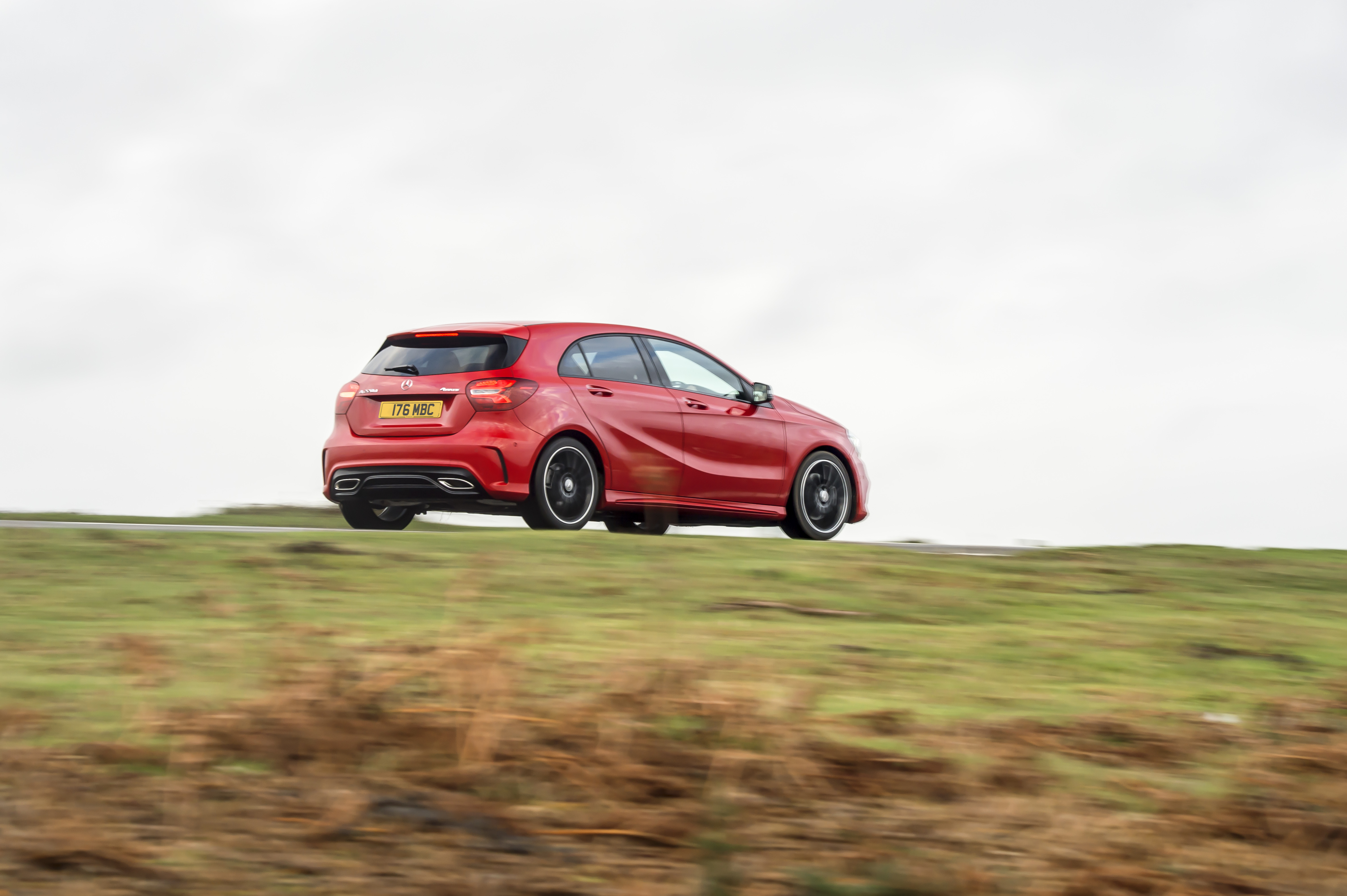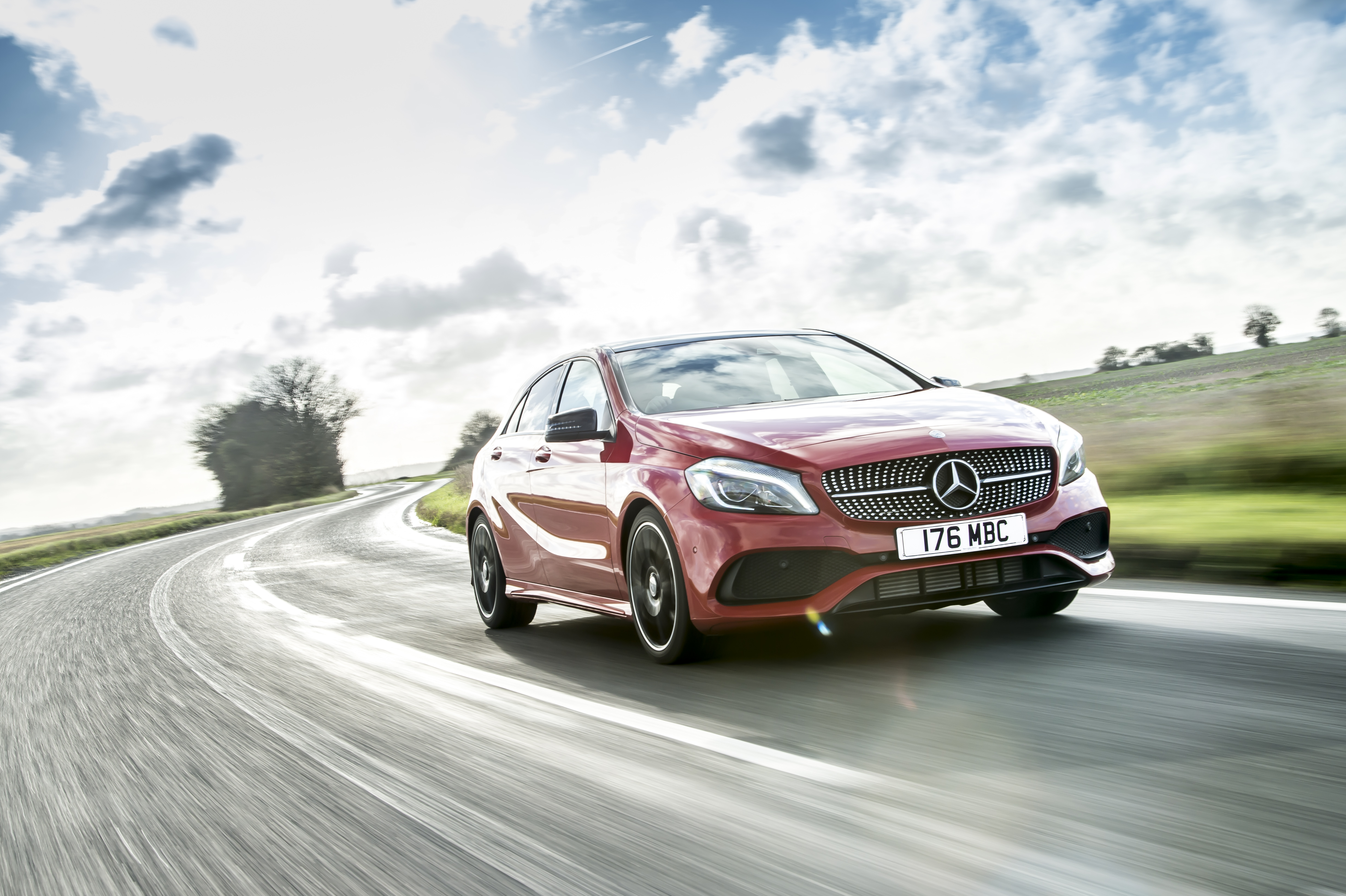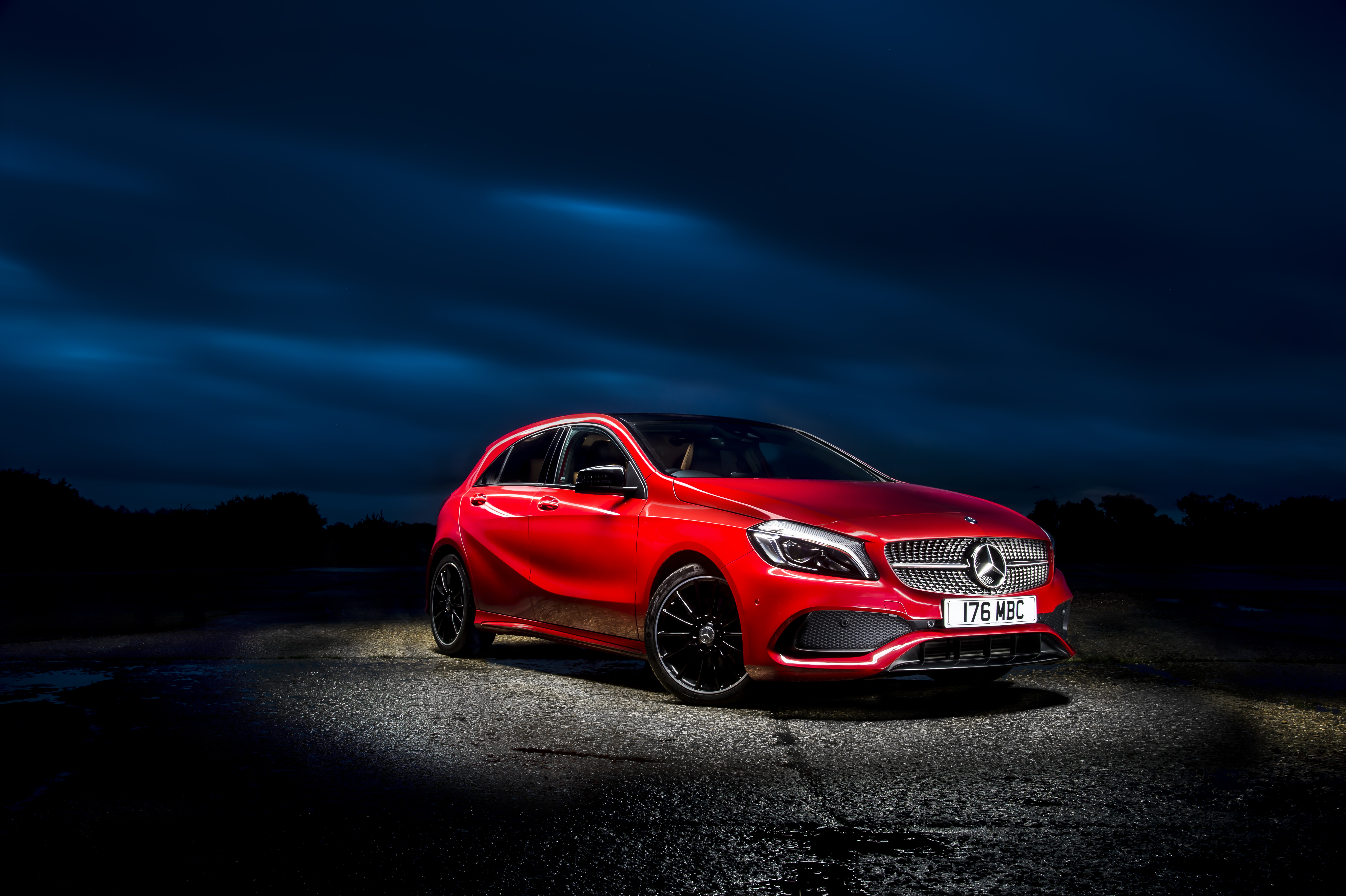The original Mercedes A-Class may have followed the Audi A3 into the 1990s premium hatchback niche, but it bucked that car’s thoroughly orthodox Volkswagen Group trend.
With its snub-nosed, upright profile, impact-friendly ‘sandwich’ platform and front-wheel drive packaging, it was an ingenious, if slightly avant-garde stone cast into the segment’s then untested pond.
Despite high praise and well over 1.5 million sales, not all the ripples that returned to shore were welcome. There were failed elk tests and various criticisms. It was too upright, too ungainly and not sporty enough for buyers’ sharpening taste buds. The A-Class ended up high on expense and short on desirability.
So, for its third generation some 15 years after the original launched, the latest A-Class has renounced the recipe. This A-Class's idea of practicality has been squashed low and long and rendered lip-smackingly svelte. In 2016, the current A-Class was given some love and attention which saw its looks and interior given a new lease of life, ahead of an all-new fourth-generation model arriving in 2018.
The suspicion is that rather than considering how best to package its solution to the world’s oldest transport problem, Mercedes instead pressed its ear firmly to current market conditions. But has it implemented the right solution?



